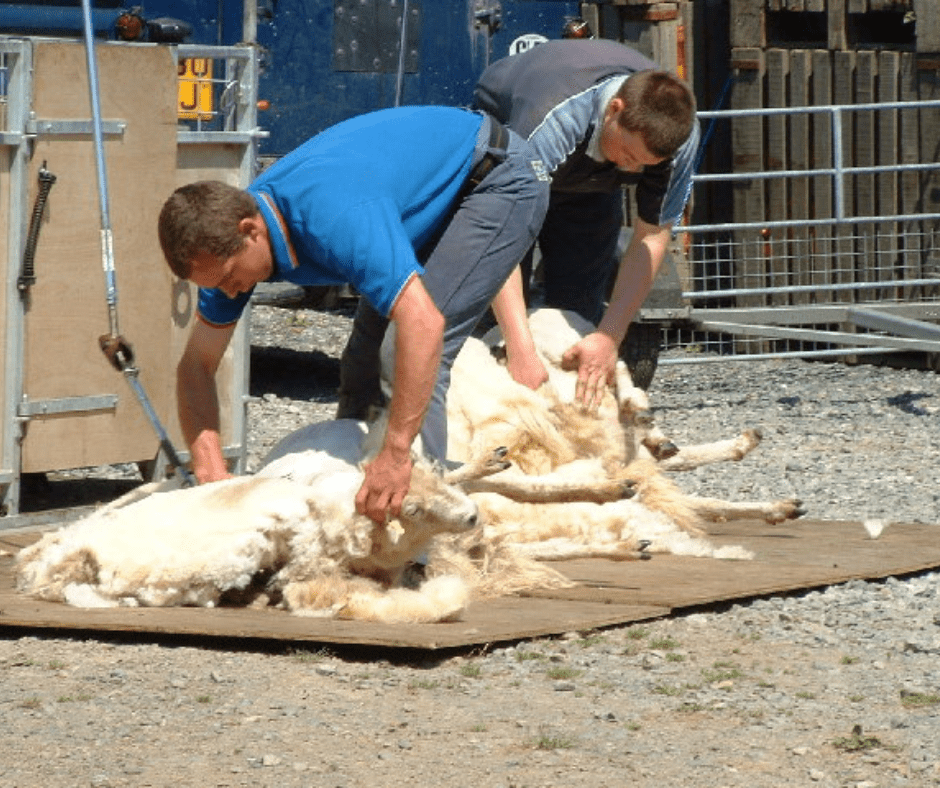Can you imagine wearing a woolly fleece all year round? How hot would that be! Well, if it wasn’t for shearing this would be the reality for sheep. Many sheep breeds are unable to shed their own fleece so it needs to be sheared once a year, usually between the months of May and July, depending on when a farmer lambs his or her flock. Further, there fleece continues to grow, so removing it is important.
There are sometimes some mixed messages suggesting that shearing is a cruel practice but in reality, nothing could be further from the truth. Shearing is done for animal welfare reasons so the sheep remains fit and healthy. Many farmers receive little in the way of monetary return for the fleece so welfare is usually the main purpose, although some farmers keep sheep specifically for the wool, which is processed into further products, including clothing and mattresses. Some sheep breeds produce wool of a significantly finer quality which has greater value.
Why is removing the fleece good for animal welfare?
In the summer months the thick fleece would make the sheep overheat and perhaps suffer from heat stress. This would also create the environment for parasites so removing the fleece reduces this risk. In short, shearing helps to keep sheep cool as well as reducing the risk of disease, infestation and infection.
If a fleece remains then the sheep is more prone to suffering from ‘flystrike’. This is when the fleece becomes contaminated with dirt which will attract flies. The flies can then lay their eggs in the fleece. Once they hatch the fly’s maggots will bury themselves in the fleece and will feed off the flesh of the sheep – not very nice! Removing the fleece reduces this risk significantly.
How many sheep will a shearer get through in a day?
An average shearer will shear around 200 sheep a day. A particularly skilled shearer may shear 400-500 sheep in a day.
How much does a sheep fleece weigh?
It depends on the breed, but anything between 1.5kg and 10kg.
How many sheep are there in the UK?
The UK has around 30 million sheep (including lambs), producing around 30 million kilos of wool each year.
Image credit: ‘Tom’ found on this geograph page and licensed under this Creative Commons licence.

